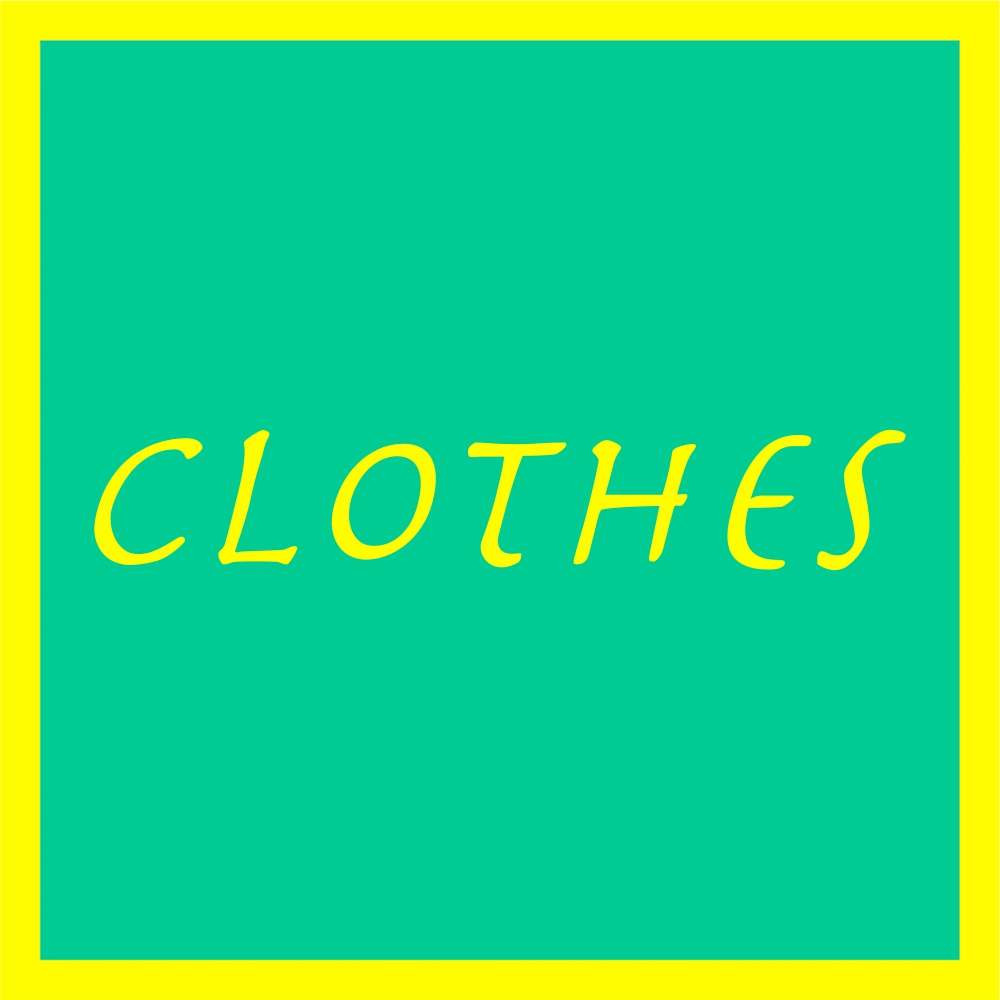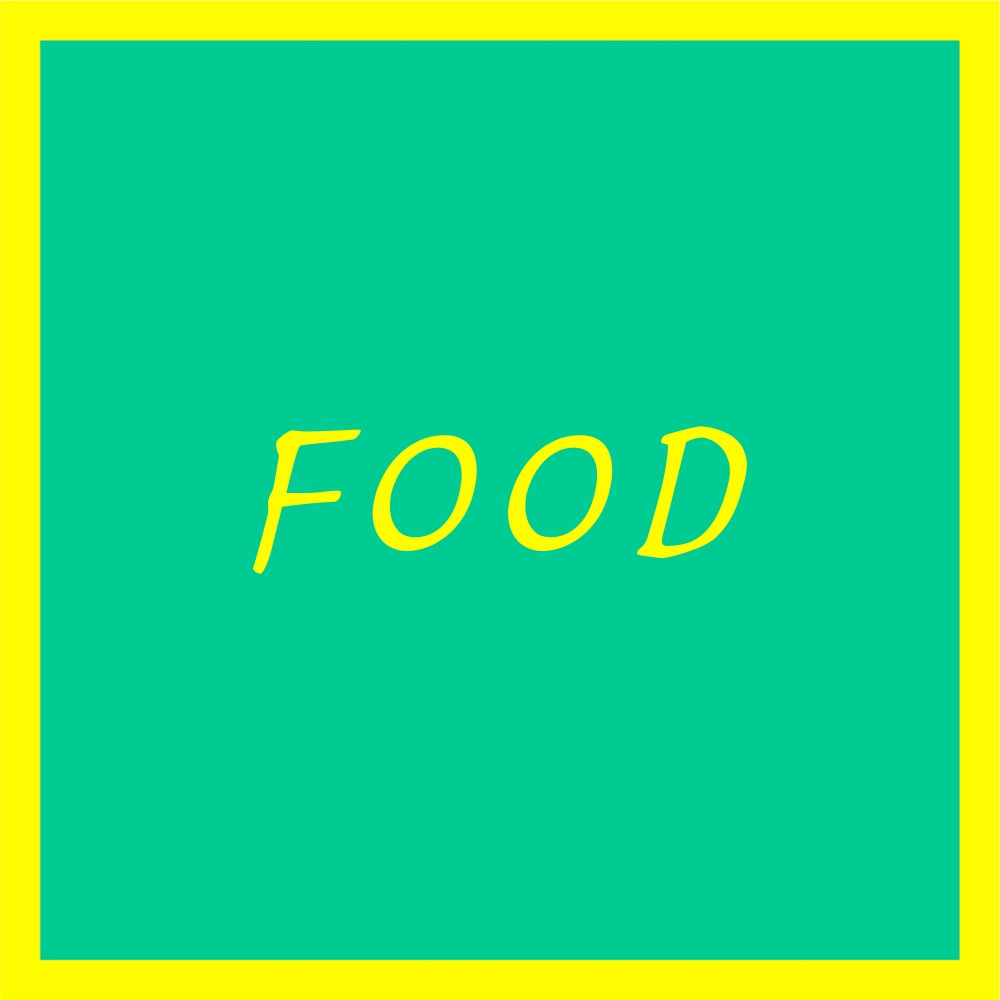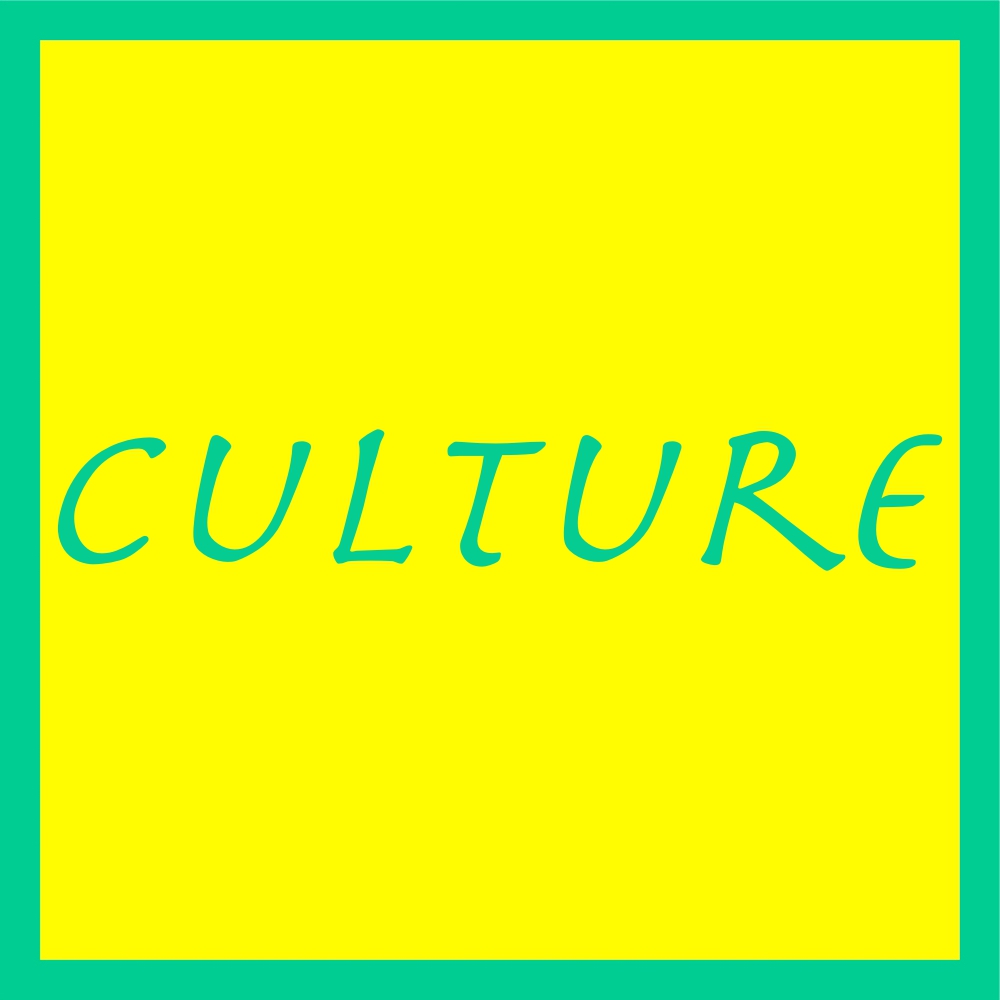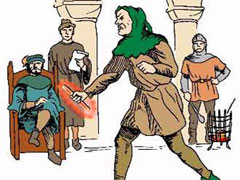




Back to the Intro Page







Feasts were a part of culture with an amazing amount of food. At one feast for the marriage of Henry III's daughter, they had 70,000 fish, 7,000 hens and 1,500 deer. There were also 25,000 gallons of wine and 68,500 loaves of bread. Local councils were set up to enforce the laws or hear from a king’s messenger about new laws. The church was involved too. If a council couldn't decide on the guilt of a person, the person might be subjected to a trial by ordeal. This was held in a church and would involve the accused being made to hold a red-hot metal stick for a few seconds. Then their hands would be bandaged and 3 days later the bandage removed. If the wound had healed (unlikely) they were innocent, otherwise guilty and hanged. Justice was a bit weird in these times. The monks and friars who lived in the monasteries were joined by lay brothers mentioned in our timeline. These men did a fair amount of the work but as they weren't paid a wage, any goods or produce the monastery sold would be cheaper than outside. Monks had a strange day. They would get up about 7am and eat bread to break their fast (fast is when you don't eat and this is where we get breakfast from), then prayers. Dinner about 11am, then work (remember monasteries were like little factories producing goods and food) till supper about 5pm. From then till bedtime at about 8pm they would talk and read. At midnight a bell would wake them for a service called matins. Back to bed after that and sleep till it all begins again.
Back to Mainly the Normans Hoots - CultureForward to the Plantagenets Again Hoots - Culture

